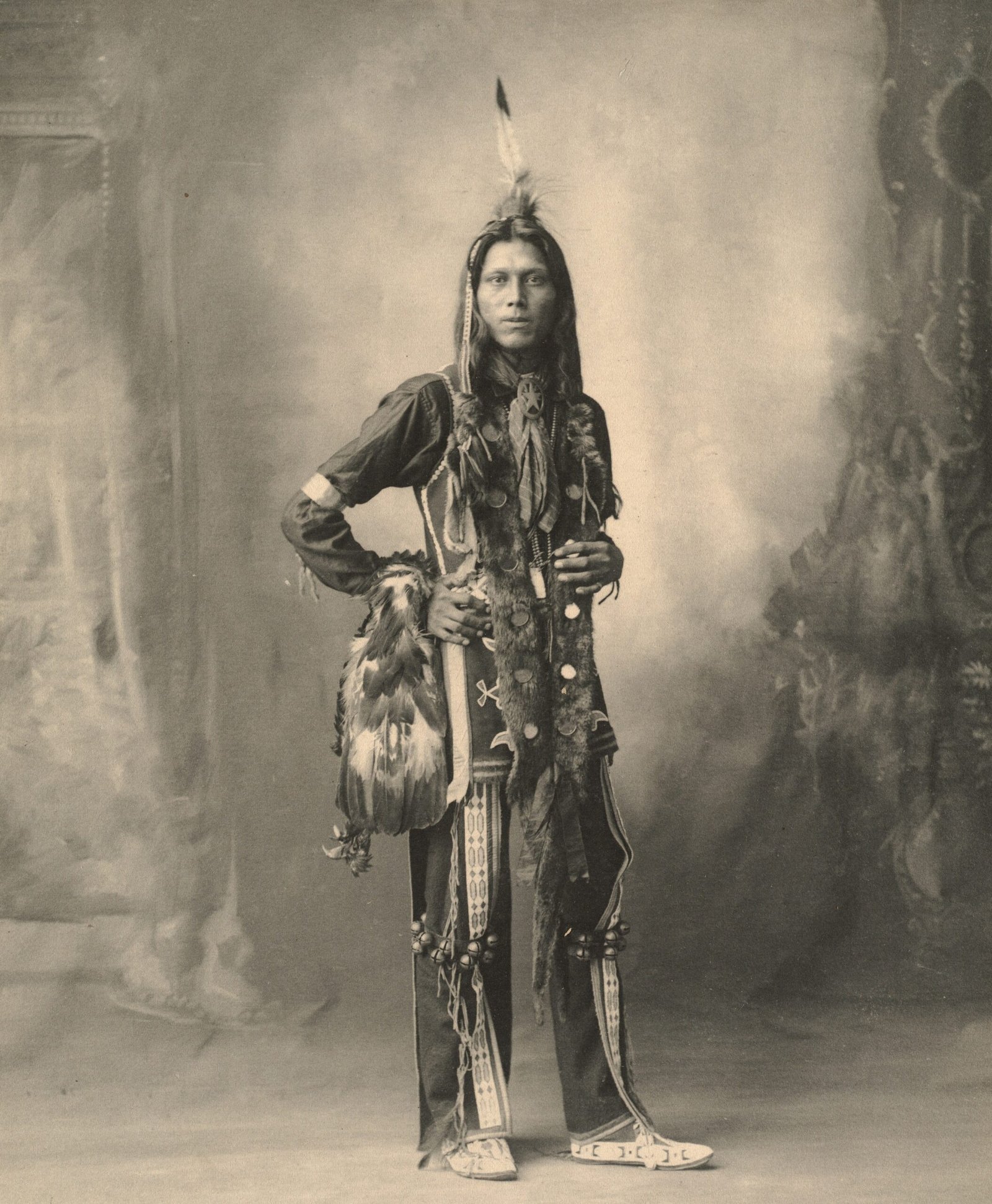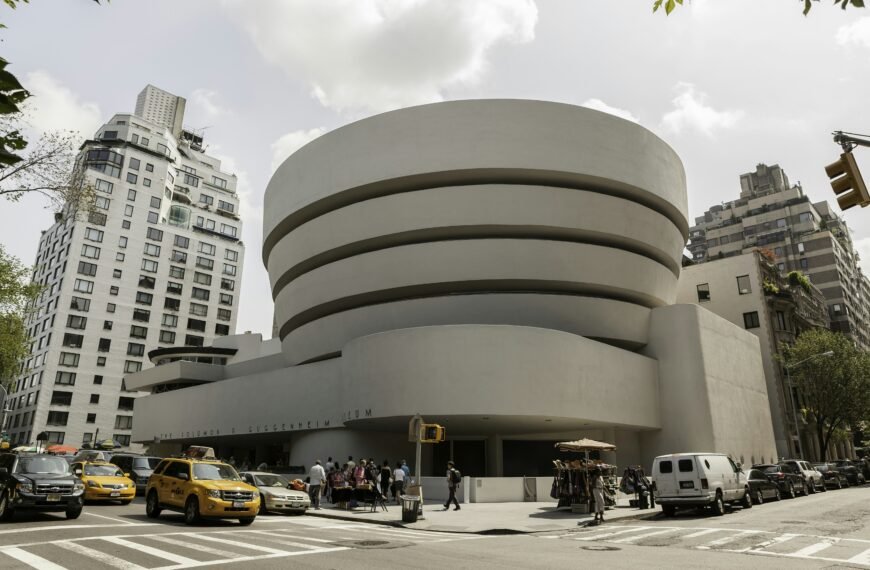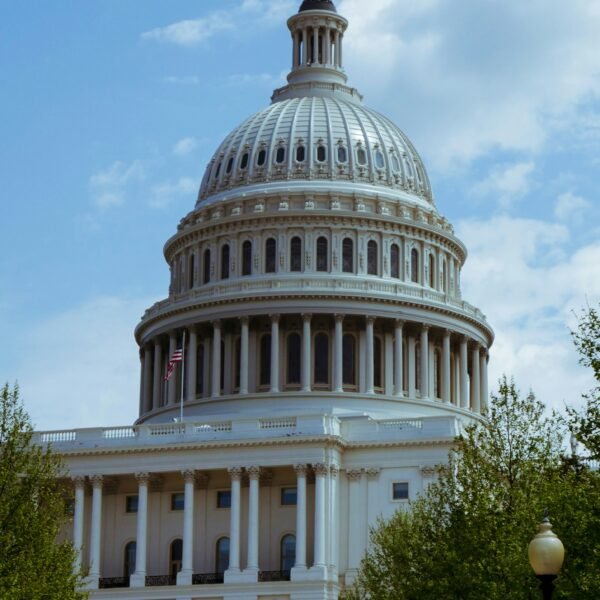In a response to new federal regulations, leading museums, including the American Museum of Natural History, are closing halls that exhibit Native American objects. The regulations, implemented by the Biden administration, now require museums to obtain consent from tribes before displaying or conducting research on cultural items. The American Museum of Natural History will close galleries dedicated to the Eastern Woodlands and the Great Plains, as well as covering other display cases featuring Native American cultural items, to ensure compliance with the new rules. This move sends a powerful message to the field, as the museum draws millions of visitors each year and is known for its prestigious anthropology department. While the exact reopening timeline is uncertain, the museum’s president, Sean Decatur, hopes to create smaller-scale programs to explain the ongoing consultation process.
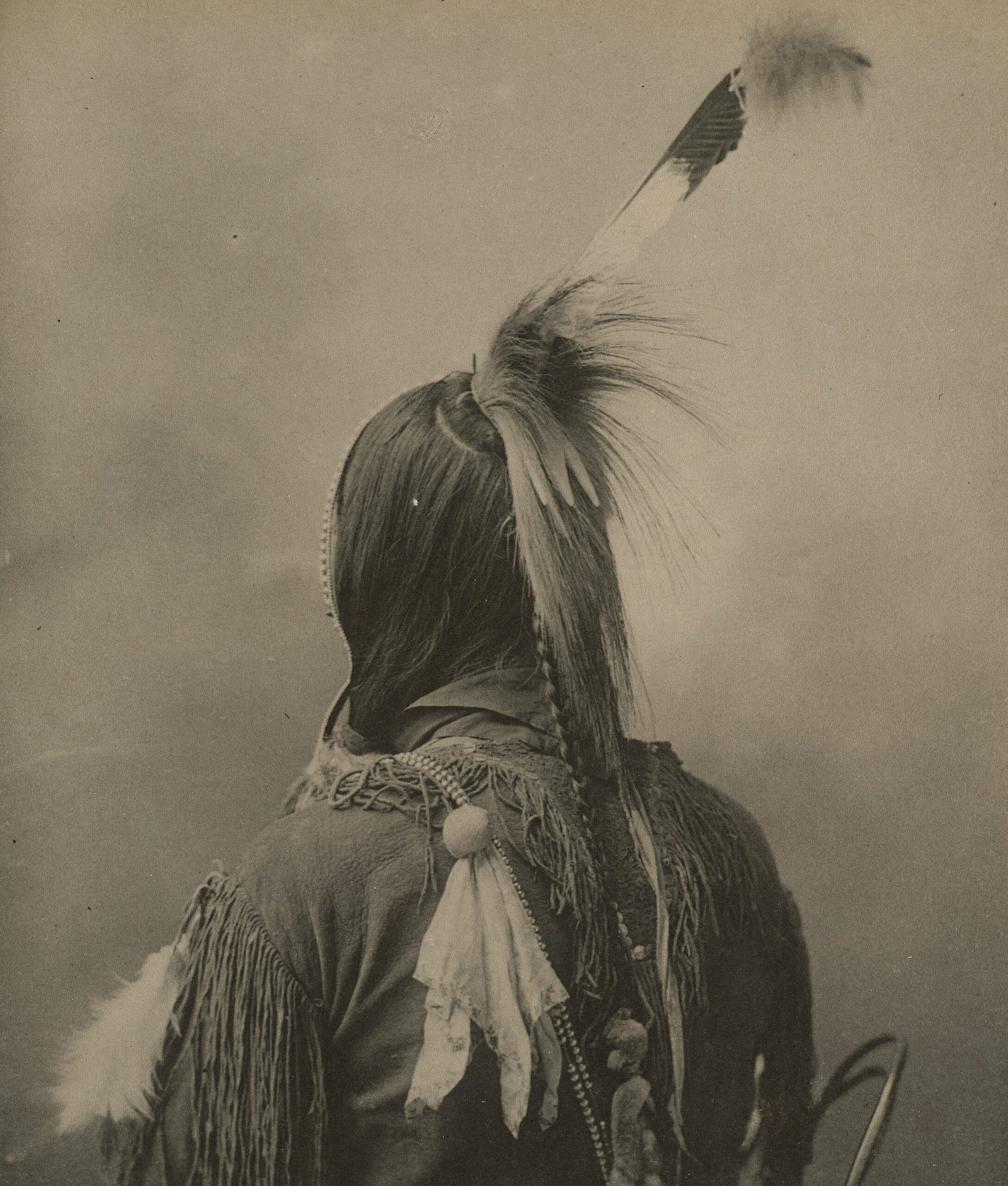
American Museum of Natural History closing halls
Closure of Eastern Woodlands and Great Plains halls
The American Museum of Natural History has announced that it will be closing two major halls that exhibit Native American objects. This decision comes as a response to new federal regulations that now require museums to obtain consent from tribes before displaying or conducting research on cultural items. The halls dedicated to the Eastern Woodlands and the Great Plains will be closed this weekend.
In a letter to the museum staff, Sean Decatur, the museum’s president, stated that the halls being closed are representative of a time when museums did not fully respect the values, perspectives, and shared humanity of Indigenous peoples. He also acknowledged that while the closures may seem sudden to some, they are long overdue in the eyes of others.
Covering display cases with Native American cultural items
Along with the closure of the Eastern Woodlands and Great Plains halls, the museum will also be covering a number of display cases that feature Native American cultural items. This is part of a comprehensive review of the museum’s enormous collection to ensure compliance with the new federal rules.
Museums all across the country are currently grappling with how to interpret and abide by the new regulations. The Field Museum in Chicago has already covered some of its display cases, and the Peabody Museum of Archaeology and Ethnology at Harvard University has announced that it will be removing all funerary belongings from exhibition. The Cleveland Museum of Art has also covered up certain cases, and the Metropolitan Museum of Art in New York has recently removed approximately 20 items from its musical instruments galleries.
Enormous collection review for compliance with new federal rules
The American Museum of Natural History’s decision to close these halls and cover display cases is part of an extensive collection review process to ensure compliance with the new federal regulations. This review is necessary to determine which objects can still be displayed and which may need to be returned to tribes.
This undertaking is no small feat for the museum, as it houses an enormous collection. The process of reviewing and reevaluating thousands of cultural items is time-consuming and requires a delicate balance between honoring tribal sovereignty and preserving the educational value of these objects. The museum has expressed a commitment to following the consultation process and creating smaller-scale programs throughout the museum to explain the ongoing review process to visitors.
Nationwide response to new regulations
Museums covering up displays
The American Museum of Natural History is not alone in its response to the new federal regulations. Museums across the nation are grappling with how to navigate the complex landscape of displaying Native American cultural items. Many museums have chosen to cover up display cases while they reassess their collections and consult with tribes.
The Field Museum in Chicago, for example, has taken the proactive step of covering some display cases as they determine the appropriate path forward. Similarly, the Peabody Museum of Archaeology and Ethnology at Harvard University has decided to remove all funerary belongings from exhibition. The Cleveland Museum of Art has also chosen to cover up certain cases, and the Metropolitan Museum of Art in New York recently announced the removal of approximately 20 items from its musical instruments galleries.
Examples from Field Museum, Peabody Museum of Archaeology and Ethnology, Cleveland Museum of Art, Metropolitan Museum of Art
To further illustrate the widespread impact of the new regulations, several prominent museums have been affected. The Field Museum in Chicago, known for its extensive anthropology collection, has covered certain display cases to ensure compliance. The Peabody Museum of Archaeology and Ethnology at Harvard University, another esteemed institution, has made the decision to remove all funerary belongings from exhibition. The Cleveland Museum of Art, a major cultural institution, has also covered up certain cases. The Metropolitan Museum of Art in New York, one of the most visited museums in the world, recently removed approximately 20 items from its musical instruments galleries.
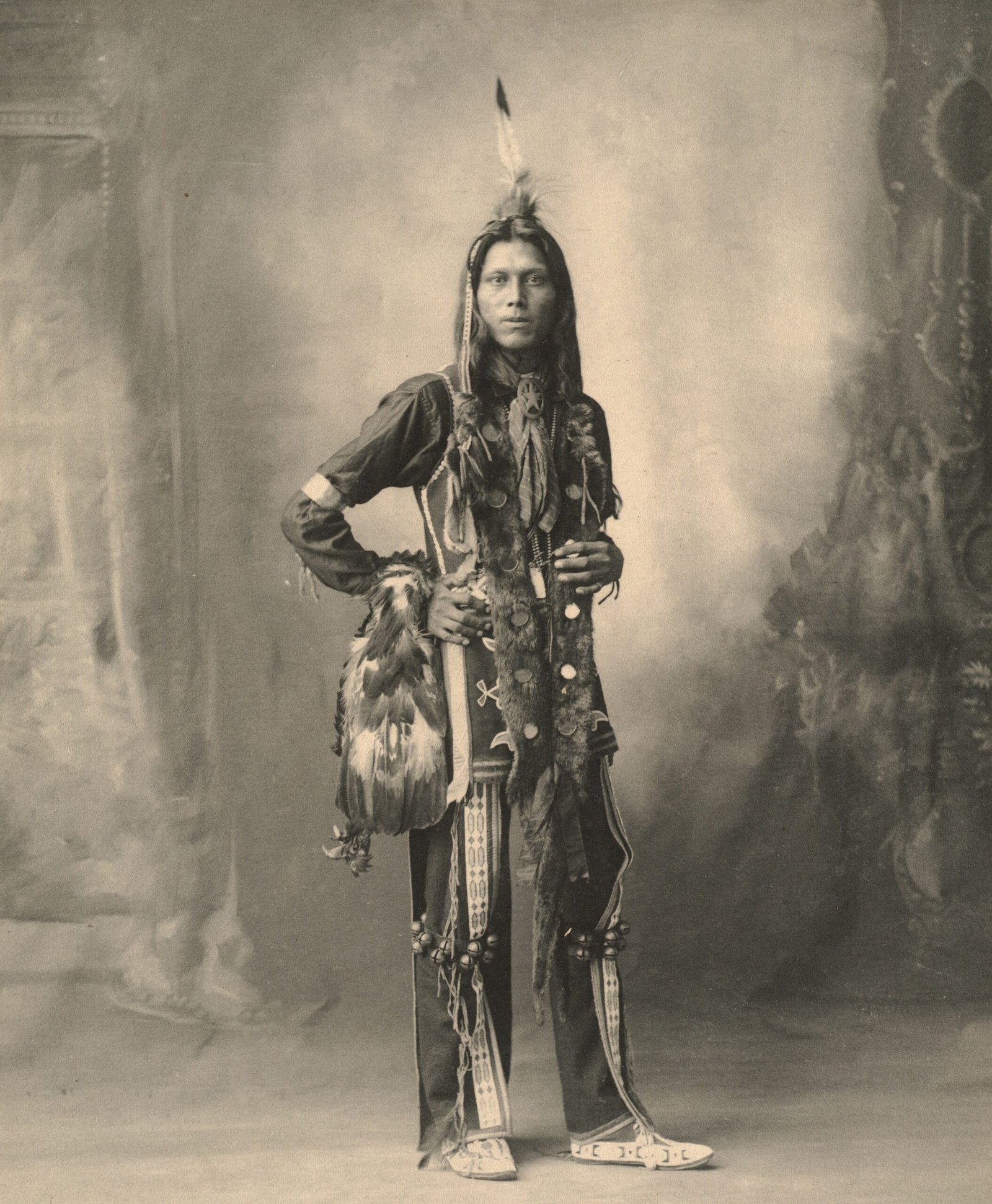
Significance of American Museum of Natural History’s actions
Powerful message to the field of museums
The American Museum of Natural History’s decision to close halls and cover display cases sends a powerful message to the entire museum field. It signals a shift towards a more respectful and inclusive approach to exhibiting Native American cultural items. By taking this step, the museum is acknowledging the need to change past practices that did not fully consider the values, perspectives, and shared humanity of Indigenous peoples.
This decision is likely to have a ripple effect throughout the museum community, prompting other institutions to reevaluate their own collections and practices. It sets a precedent for museums to prioritize collaboration and consultation with tribes, ensuring that their cultural heritage is treated with the respect it deserves.
Importance of the museum’s anthropology department
The American Museum of Natural History’s anthropology department is one of the oldest and most prestigious in the United States. Over the years, it has made significant contributions to the field of anthropology under the guidance of renowned curators like Franz Boas and Margaret Mead. The department’s commitment to ethical and responsible practices has shaped the museum’s decision to close halls and review its collection in order to comply with the new federal regulations.
Closure of nearly 10,000 square feet of exhibition space
The closure of the Eastern Woodlands and Great Plains halls at the American Museum of Natural History will result in the unavailability of nearly 10,000 square feet of exhibition space. While the exact timeline for reopening these exhibits is uncertain, it is clear that significant changes will be made during the reconsideration process. Visitors will have to wait to explore these specific areas of the museum, but the closure presents an opportunity for the museum to engage with audiences through smaller-scale programs that explain the ongoing review process.
Impact on future exhibits
Objects that may never return to display
As part of the consultation process required by the new federal regulations, the American Museum of Natural History has acknowledged that some objects may never return to display. This outcome is a result of the dialogue and negotiation between the museum and tribes regarding the cultural significance and appropriate treatment of these objects. While the closure of certain halls and the covering of display cases aim to ensure compliance with the regulations, it also sets the stage for an ongoing conversation about the ownership and representation of Native American cultural items in museums.
Intention to create smaller-scale programs explaining the process
While the closure of halls and the covering of display cases may disappoint visitors eager to explore these specific areas of the American Museum of Natural History, the museum has expressed its intention to create smaller-scale programs that explain the ongoing review process. These programs will provide visitors with insight into the consultation process and the complexities of interpreting and exhibiting Native American cultural items. By offering educational opportunities, the museum hopes to engage the public in a meaningful way and foster an understanding of the ethical considerations involved in showcasing cultural heritage.
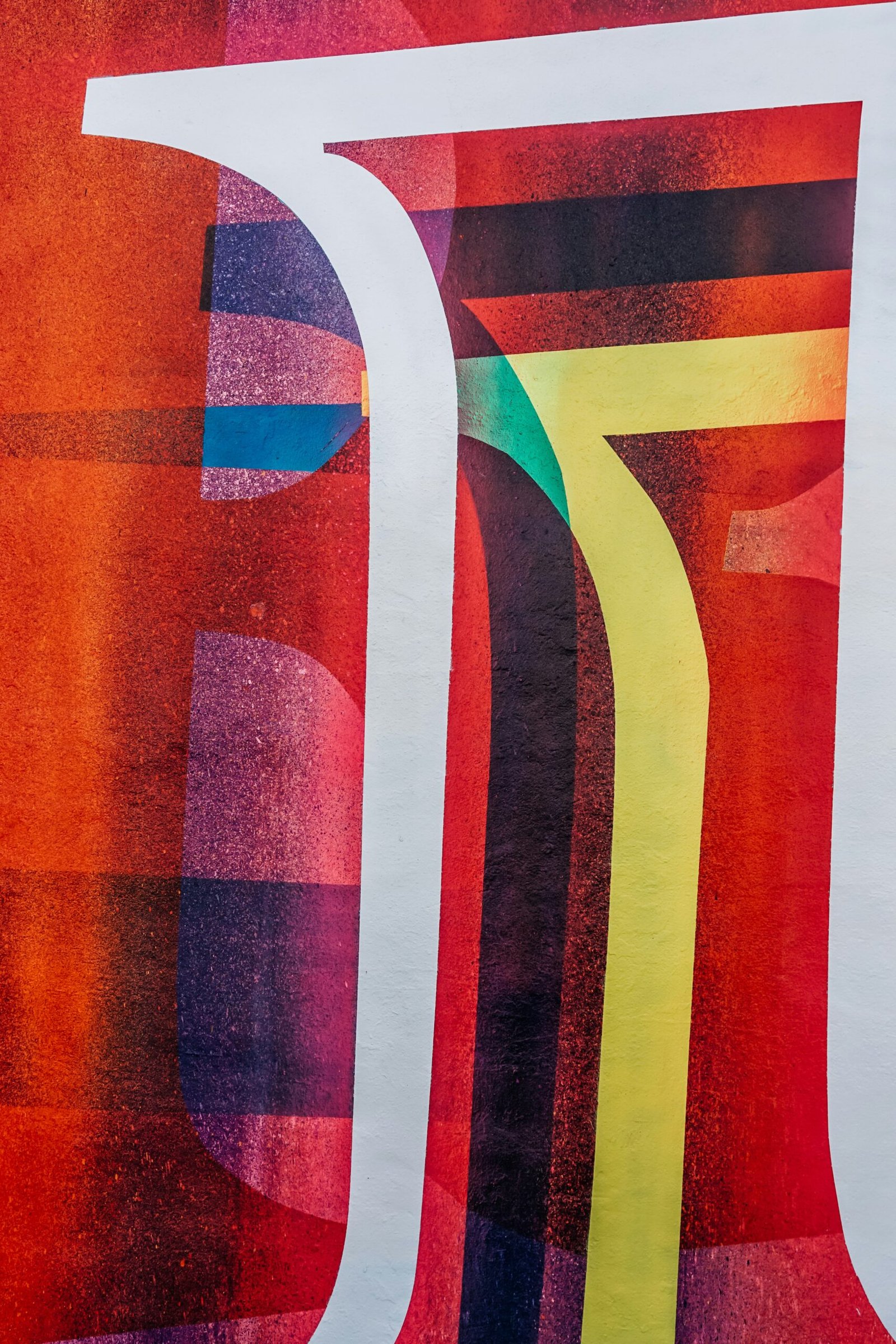
Verification of access for readers
Reader mode and Times account verification
To access the full article from The New York Times, readers may need to verify their access through reader mode or log into their Times account. This ensures that only subscribers and authorized users are granted access to the complete content.
Subscription options for full access
For those who do not have a Times account or a subscription, there are subscription options available for full access to The New York Times’ comprehensive coverage. Subscribers enjoy the benefits of uninterrupted access to articles, features, and opinion pieces from one of the most respected news sources in the world.
Contact and site information
Contact details for The New York Times
If readers have any questions or need assistance, they can find contact details for The New York Times on the website. The Times is committed to providing excellent customer support and addressing any concerns or inquiries promptly.
Accessibility options
The website of The New York Times offers accessibility options to accommodate a diverse range of readers. These options ensure that individuals with different abilities can access and navigate the content comfortably. The Times strives to make its website inclusive and user-friendly for all visitors.
Opportunities to work with the company
For those interested in pursuing opportunities to work with The New York Times, the website provides information on potential career paths within the organization. The Times values talented individuals and offers various roles and positions in different departments.
Advertising information
Companies and organizations interested in advertising with The New York Times can find relevant information on the website. The Times provides advertising solutions that reach a broad and engaged audience, allowing businesses to connect with readers who value high-quality journalism and cultural coverage.
Privacy policy and terms of service
The privacy policy and terms of service outline the guidelines and agreements that govern the use of The New York Times’ website and services. It is important for readers to familiarize themselves with these policies to understand their rights and responsibilities when accessing and using the website.
Site map and international options
The site map is a useful tool for navigating The New York Times’ website and finding specific sections or articles. It provides an overview of the website’s structure and assists readers in quickly locating desired content. Additionally, readers can explore international options to access The New York Times’ coverage from different regions around the world.
Subscription management
For existing subscribers, the website offers subscription management options to modify account settings, update payment information, or cancel a subscription if needed. This ensures that subscribers have full control over their subscription and can make adjustments as necessary.

